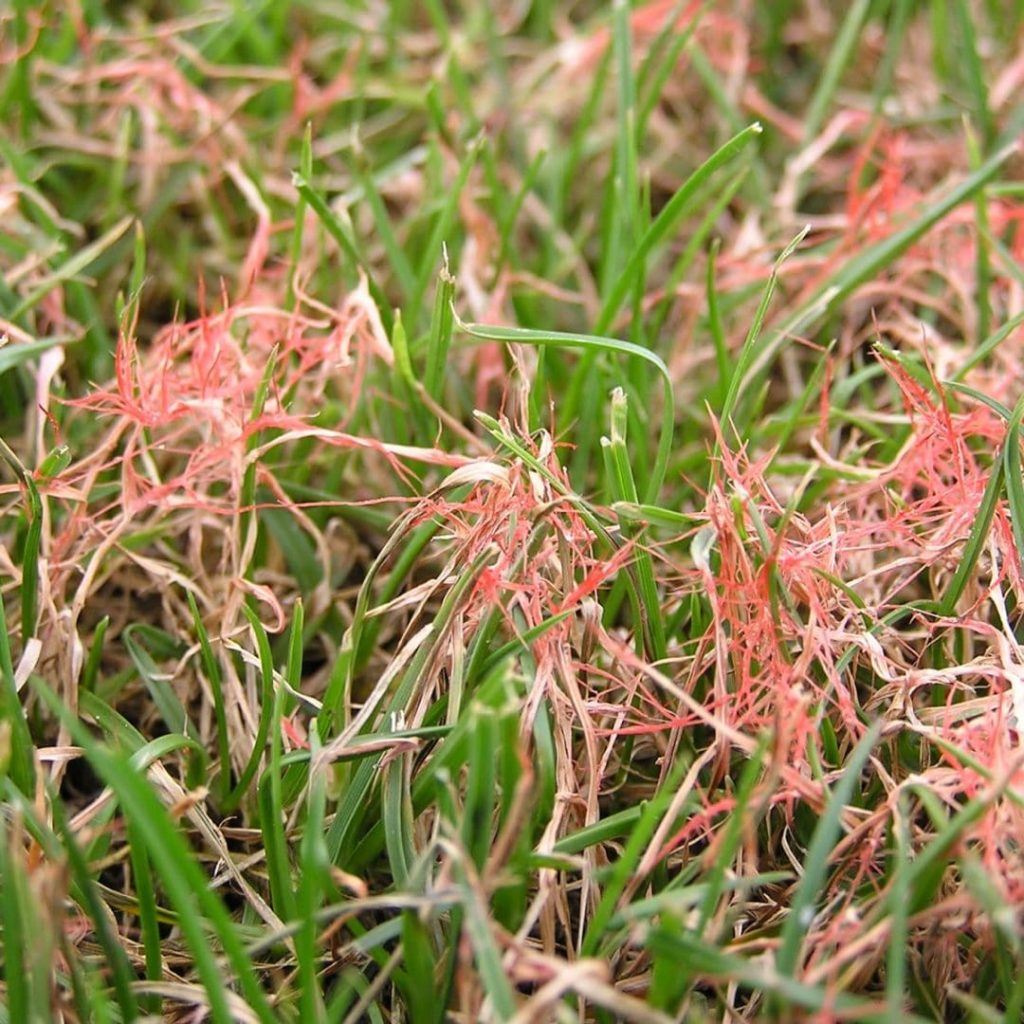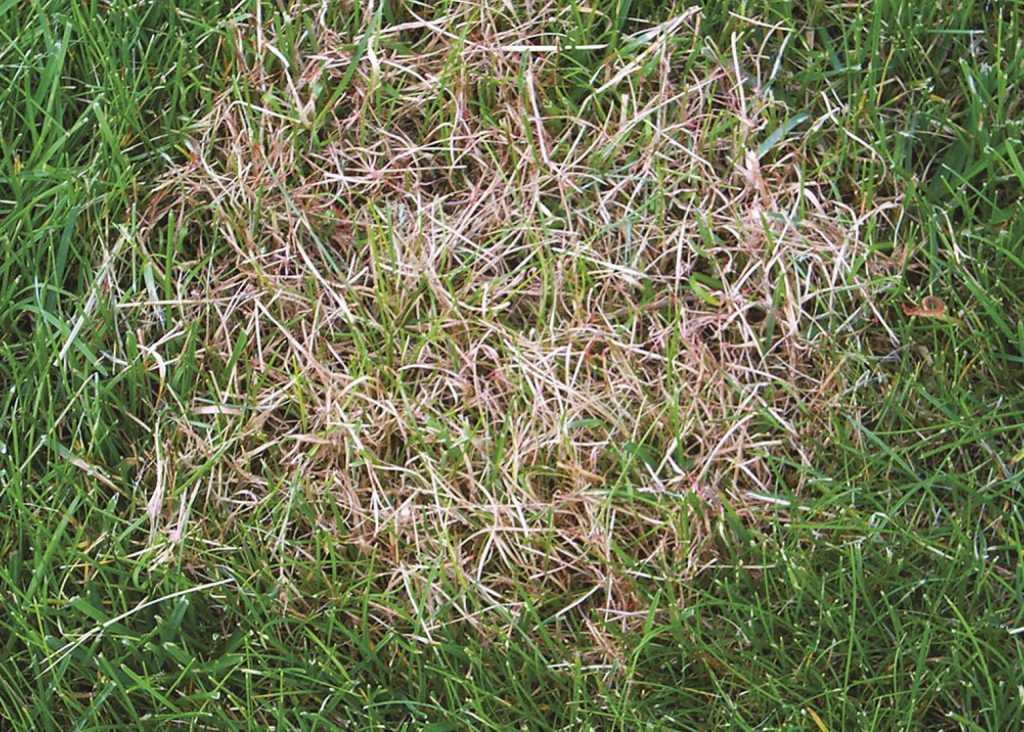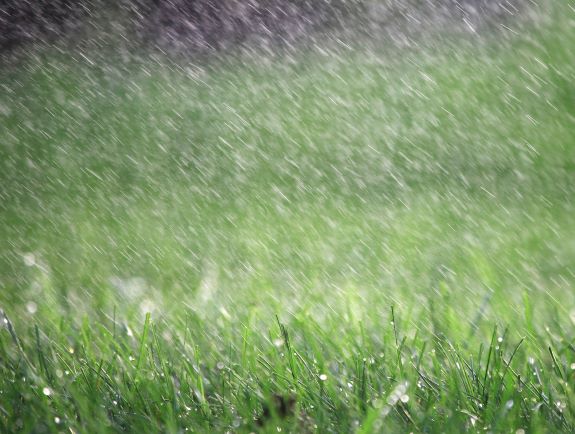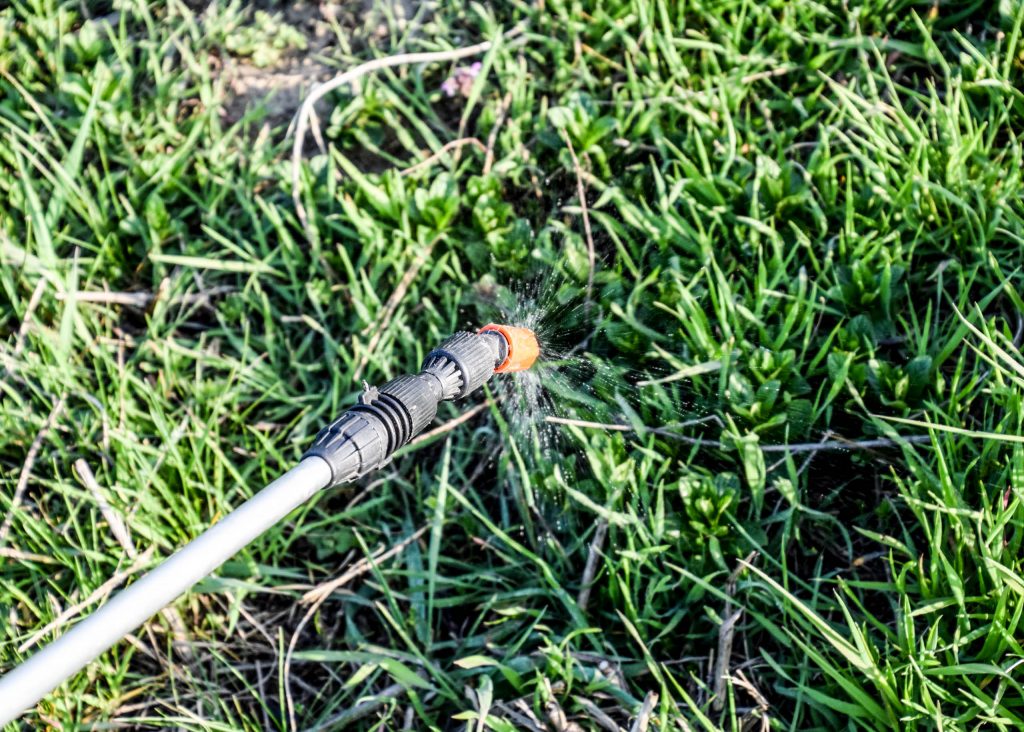How to Control Grey Leaf Spot in your Lawn
Grey Leaf Spot is a fungal disease that can affect both grassy and broadleaf plants. The disease is often a problem during wet and humid spring weather. Lawns infected with ...

 If your lawn is starting to look a little pink, it might not be your eyesight – you may be dealing with Red Thread Lawn Disease.
If your lawn is starting to look a little pink, it might not be your eyesight – you may be dealing with Red Thread Lawn Disease.
The good news is that Red Thread Lawn Disease is not harmful to humans or animals, however, it can cause damage to your lawn.
Fortunately, there are ways to treat and prevent this fungal intruder.
Read on to find out what to look for, how to control Red Thread Disease, and ways to keep it at bay.
 Red Thread Disease is caused by the fungus Laetisaria fuciformis and affects cool-season turf grasses, such as Bentgrass, Couch (also known as Bermuda grass) Fescues and Perennial Ryegrasses.
Red Thread Disease is caused by the fungus Laetisaria fuciformis and affects cool-season turf grasses, such as Bentgrass, Couch (also known as Bermuda grass) Fescues and Perennial Ryegrasses.
Red Thread Disease is characterized by patches (up to 150mm) of dead, yellowing grass.
The leaves start to die off, which gives the grass an overall scorched or ragged appearance. As the disease progresses, it eventually kills the entire plant.
 Red Thread Disease in lawns can be encouraged by several conditions, but the most significant factor is foliar wetness. This can come from heavy dews, light rains or fog, and is most likely to occur if the lawn is exposed to more than 10 hours of foliar wetness each day for several consecutive days.
Red Thread Disease in lawns can be encouraged by several conditions, but the most significant factor is foliar wetness. This can come from heavy dews, light rains or fog, and is most likely to occur if the lawn is exposed to more than 10 hours of foliar wetness each day for several consecutive days.
Red Thread Disease thrives in temperatures between 17°C and 29°C. It can also be severe in poorly nourished lawns, where potassium, phosphorus, calcium and nitrogen are deficient. Inadequate fertility causes the grass growth to slow down, allowing the disease to take hold, and spread. High-stress conditions, such as drought and extreme temperatures, can also be triggers for Red Thread infections.
Red Thread infects the leaves of your lawn, and the first sign of infection is usually the appearance of irregularly shaped, dry, brown patches of 50mm to 150 mm in diameter. Dead leaves die off from the tip, downwards.
As Red Thread Disease spreads, the edges of the patch will appear to have a pinkish tinge, especially when the grass is wet. This is caused by reddish-pink fungal threads, called mycelium, that cling to or extend from the tips of, the grass blades.
If you’re unsure if it is Red Thread, or another type of fungal disease, a good time to check is in the morning, when there is dew on the grass. Red Thread will appear darker red in colour when it is wet. Over time, you may also notice a pink, gelatinous growth on top of grass blades.
 Prevention is always better than a cure, so the best approach to managing Red Thread is to ensure that your grass is in good health, and to avoid the stress triggers that promote fungal growth.
Prevention is always better than a cure, so the best approach to managing Red Thread is to ensure that your grass is in good health, and to avoid the stress triggers that promote fungal growth.
However, if Red Thread Disease has taken hold of your lawn, you can treat it with a fungicide. Following the instructions on the label, a fungicide will kill any active fungal spores, and help prevent further spreading of infection.
Once treated, you should address any nutrition or water-logging issues, to avoid a recurrence. If the area is particularly shady, consider trimming back any overhanging branches or foliage to improve sunlight and air movement.
You should also oversow any bare patches with appropriate grass seed.
The symptoms for Red Thread Lawn Disease are quite similar to other lawn diseases, so it’s important to confirm what type of fungal problem you have first. Controlling the issue should be focused on removing the conditions that promote fungal growth, including addressing any water logging issues, or imbalances in soil nutrition or pH. Fungicides can be used if needed, but you should aim to avoid future infection by focusing on keeping your soil in optimal health.
For more information on suitable products to manage your lawn health, visit myhomeTURF’s online store.